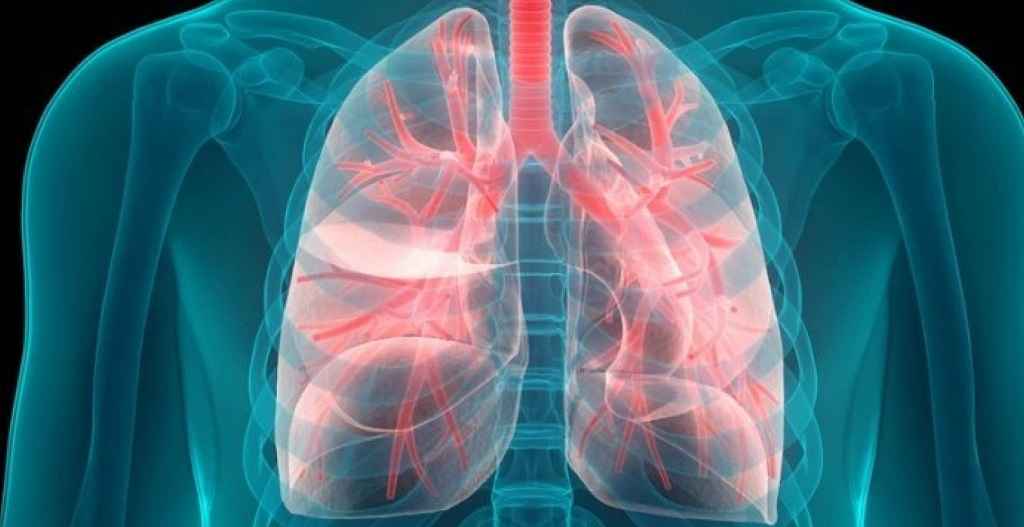Lung nodules are focal, round, or round-like, dense shadows in the lung with clear or indistinct borders and diameter (or max. diameter) of ≤30 mm. They may be solitary or multiple and usually do not present with atelectasis, swollen hilar lymph nodes, or pleural effusion.
Lung nodules can be classified in different ways. Let’s examine these classifications more closely.
Classification by etiology
Lung nodules can be divided into benign nodules and malignant nodules.
- Benign nodules
Benign tumors, various infectious diseases, rheumatic diseases, congenital diseases, pulmonary haemorrhage, etc.
- Malignant nodules
Bronchial lung cancer (pre-infiltrative lesions, infiltrative lesions), lymphoma, sarcoma, pulmonary metastases, etc.
Classification by density
Lung nodules can be classified as solid lung nodules and sub-solid lung nodules.
A round or round-like lesion in the lung with an increased density sufficient to obscure the blood vessels and bronchi.
- Subsolid nodule
A round or round-like lesion in the lung with a shadow that is not dense enough to obscure the bronchi and blood vessels running in it, and appears as ground glass. Hence, experts refer to it as ground-glass nodule (GGN) or ground-glass opacity (GGO).
Sub-solid lung nodules are divided into two types: pure ground-glass nodule (pGGN) and mixed ground-glass nodule (mGGN), also known as part-solid nodule (PSN).
Sub-solid lung nodules that are potentially malignant or malignant, are typically associated with lung adenocarcinoma, which can range from atypical adenomatous hyperplasia (AAH) to adenocarcinoma in situ (AIS), to microinvasive lung adenocarcinoma (MIA), and finally to invasive adenocarcinoma (IA).
Classification by nodule size
- Mini-nodule
<5 mm in diameter (volume <100 mm³)
- Small nodule
5-10 mm in diameter, (volume 100-300 mm³)
11-30 mm in diameter (volume ≥300 mm³)
Classification by number of nodules
- Solitary nodule
A single lesion
- Multiple nodules
2 or more lesions
Summary
In conclusion, the classification of lung nodules is important in determining appropriate management and treatment. By understanding the characteristics and classifications of lung nodules, doctors can provide patients with the best possible care and outcomes.
